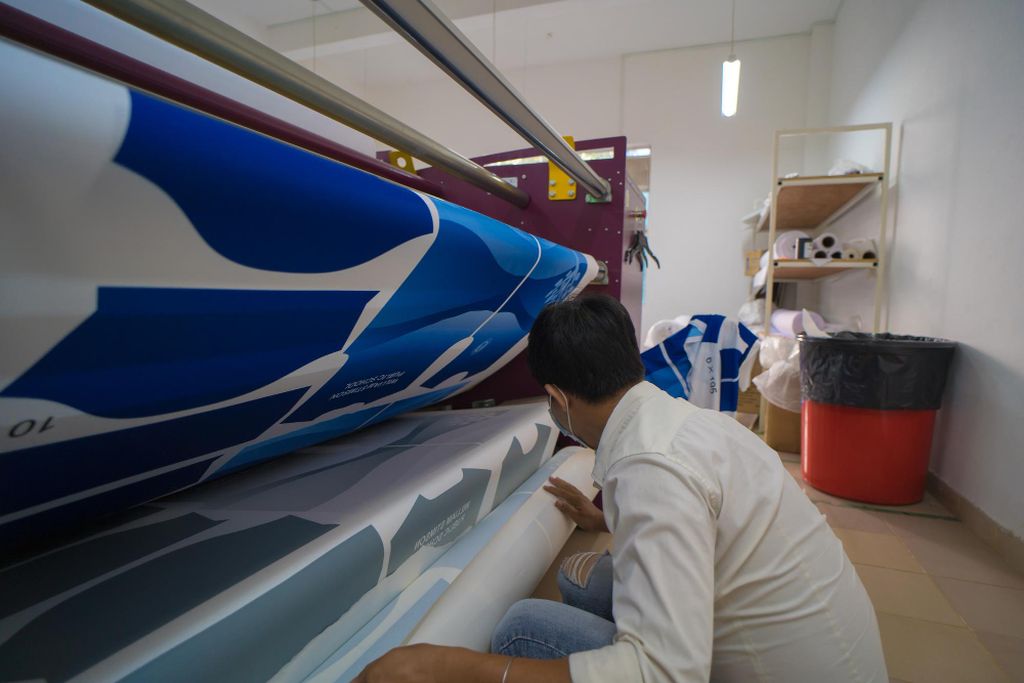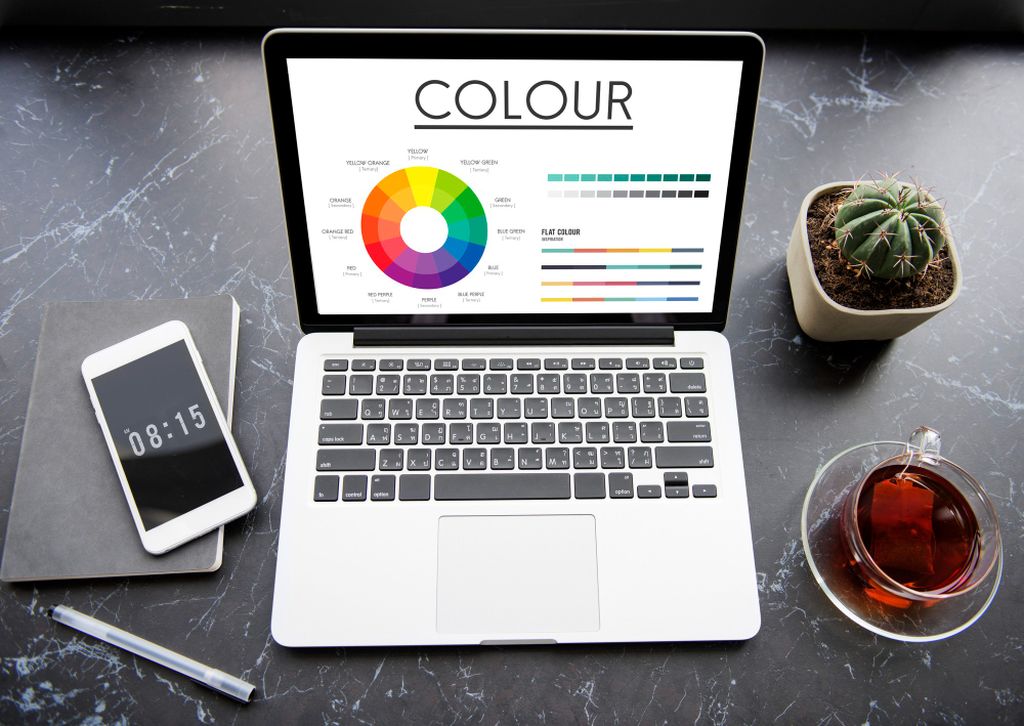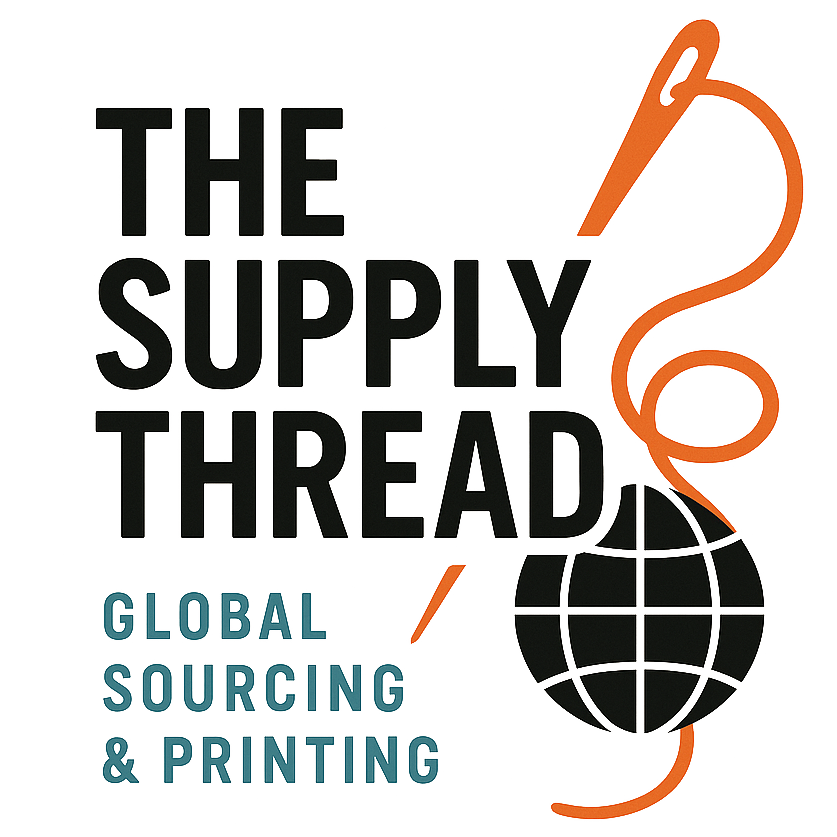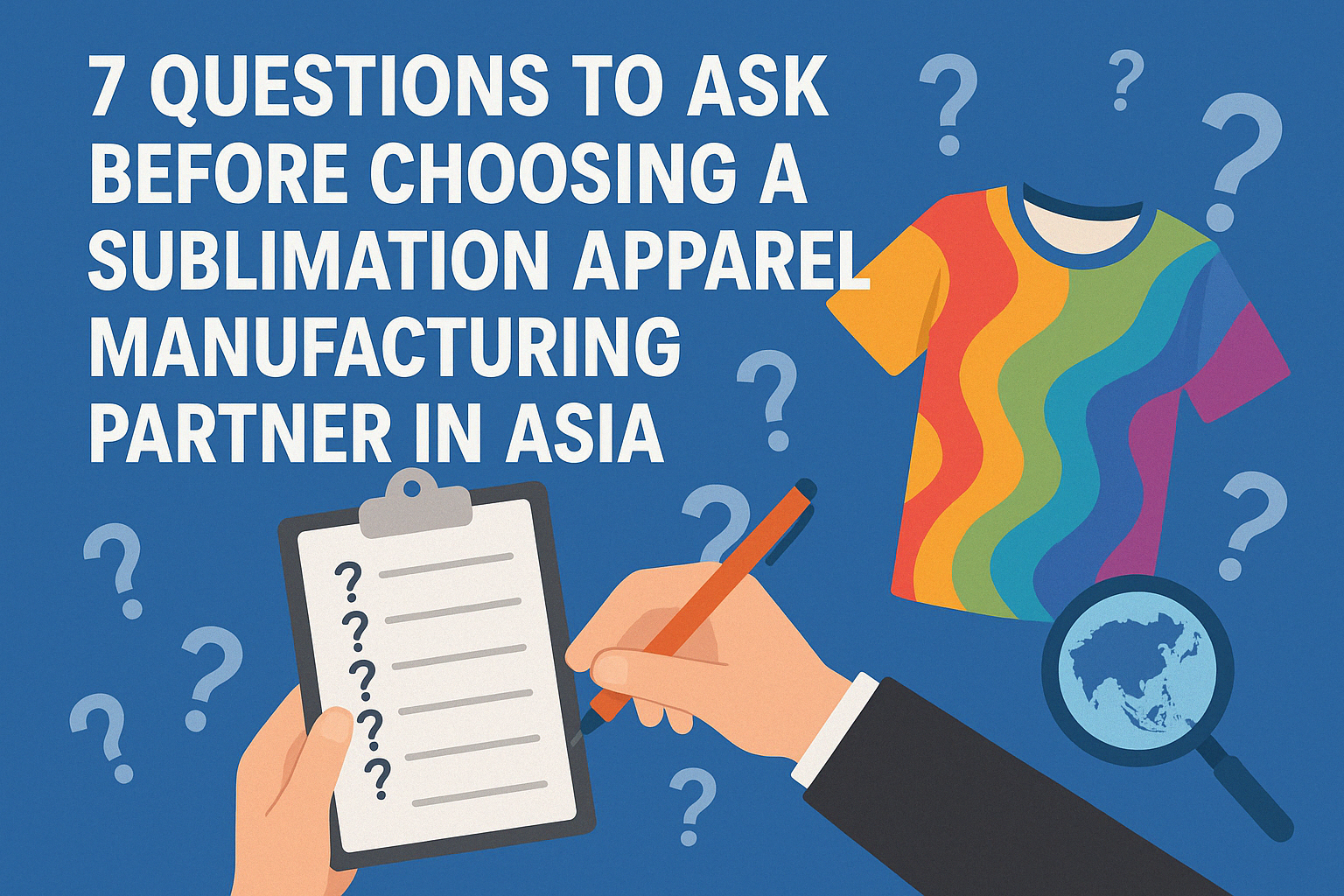Why Sublimation Apparel Manufacturing in Asia Is Growing
Asia has become a major hub for sublimation apparel manufacturing due to rapid advancements in textile technology and competitive labor costs. According to recent industry data, the Asia Pacific region accounted for 35.5% of the global dye-sublimated apparel market in 2022. This growth trend shows no sign of slowing down, as consumer demand for custom sportswear, branded merchandise, and promotional garments continues to rise worldwide.
One significant factor behind the region’s dominance is the concentration of major textile powerhouses. For instance, companies like Shenzhou International Group Holdings Limited in China produce hundreds of millions of garments every year, while Eclat Textile Co. Ltd. in Taiwan supplies top global brands such as Nike and Lululemon.
Access to these established networks gives your business a strong advantage in terms of speed, scale, and innovative approaches to sublimation printing. When chosen properly, an Asian manufacturing partner can offer high-quality prints, specialized fabrics, and streamlined production workflows at scale.

Sublimation Apparel Manufacturing: 7 Key Questions to Ask
Before placing a large order with any facility in Asia, it’s crucial to do your homework. Here are seven important questions to guide your search for the right sublimation apparel manufacturing partner:
1. What Is Their Production Capacity?
Does the factory have enough machines and skilled labor to handle your order size? Ask about the average output per month and the factory’s peak season schedule.
A partner like Shenzhou International, which produces over 250,000 metric tons of fabric and 550 million garments annually, can typically handle large volumes.But if you have smaller, more specialized needs, you might look for a factory that can give your order more focused attention.
2. Do They Have Proof of Quality Control Tests?
Manufacturers should have a clear quality control process. Request details on fabric testing, color matching, and garment inspections. Look for certifications, customer testimonials, or references who can confirm the consistency of their product.
3. What Is Their Minimum Order Quantity (MOQ)?
Some manufacturers set high MOQs, which can strain the budgets of smaller brands or limit style variety. Make sure you fully understand their MOQ policy and whether smaller runs are possible.
4. How Do They Handle Design Revisions and Prototyping?
Sublimation apparel manufacturing can involve multiple design changes before final approval. Discuss how many prototype iterations you can expect, plus the costs and timelines associated with revisions.
5. Are There Hidden Fees for Sampling or Freight?
Shipping costs can quickly add up, especially when dealing with overseas factories. Clarify who is responsible for freight costs, import duties, and any packing or documentation fees. Also, confirm whether they charge extra for test prints or digital samples.
6. What Is Their Approach to Sustainability?
Environmental standards matter to many brands and end users. Check if your potential partner uses eco-friendly dyes, recycled fabrics, or processes that reduce waste. Some manufacturers, such as ALÉ CLOTHING, have made GRS-certified uniforms using over 90% low environmental impact materials—a key selling point for brands catering to eco-conscious consumers.

7. Do They Offer Any Value-Added Services?
Extra services like 3D design previews, custom packaging, or warehousing can save you time and money. You may also want to explore whether they provide advanced color management tools like ONYX Thrive, which helps ensure precise color reproduction in dye-sublimation processes.
Asking these questions early can spare you from costly misunderstandings down the line. A thorough evaluation boosts your chances of partnering with a facility that aligns with your production goals and brand standards.
Evaluating Sublimation Apparel Manufacturing Suppliers
When evaluating a potential sublimation apparel manufacturing supplier, it’s important to visit the facility (virtually or in person) and assess their processes. Look for streamlined workflows that can handle design files, color accuracy, and garment construction all under the same roof. Ideally, you want a partner that uses state-of-the-art printers, maintains consistent temperature controls for heat-press solutions, and employs skilled technicians at each stage.
Beyond the logistics, pay close attention to the company’s track record and business reputation. Has the manufacturer worked with reputable global brands? For example, Seiren Co. in Japan is known for its innovative digital printing techniques, while MAS Holdings in Sri Lanka employs over 99,000 people and has a reputation for reliable sportswear production.
A proven record for quality significantly reduces your risk. Don’t forget to verify references and ask about any ongoing partnerships they have maintained for multiple production cycles. In addition, comparing quotes from multiple factories helps you understand price ranges and service offerings. During these discussions, confirm their turnaround times, average defect rates, and return or refund policies.
A top-tier sublimation apparel manufacturing partner should be transparent about potential limitations and proactive in offering solutions. If a supplier appears vague or reluctant to discuss important details, it could be a red flag.
Using Technology for Better Sublimation Apparel Manufacturing Results
Technology is a game-changer in sublimation apparel manufacturing, improving speed, color accuracy, and design flexibility. Many manufacturers use sophisticated color management systems, such as ONYX Thrive, to ensure consistent color matching and reduce waste during production. This type of software also improves workflow by automating many of the steps that previously required manual intervention.

For brands aiming to keep design revisions to a minimum, integrating color management software with tools like Adobe Illustrator or CorelDRAW can lead to seamless adjustments and precise final prints. Along with print technology, it’s important to implement proper pattern design and grading tools. Software like Gerber AccuMark ensures that each garment’s dimensions and pattern pieces align perfectly before you go into mass production.
By using digital solutions at every stage—design, sampling, color matching, and final inspection—you minimize errors and shorten the revision cycle. This level of efficiency can be especially helpful if you have tight deadlines or if you’re introducing a new collection with advanced graphic requirements.
Investing in the right technology should also factor into your supplier’s sustainability efforts. Automated processes help cut down on fabric waste and reduce chemical or water usage. With the ongoing focus on eco-friendly solutions, many factories are upgrading their systems to meet international standards.
As you research different partners, prioritize those who demonstrate modern production methods, consistent environmental practices, and advanced digital workflows.
Conclusion
Finding the right partner for sublimation apparel manufacturing in Asia can help your brand gain a competitive edge. Studies show the global dye-sublimated apparel market is projected to reach USD 10.67 billion by 2030, with a CAGR of 12.3% from 2023 to 2030.
Whether your goal is to produce small-batch athleisure items or high-volume promotional gear, you want a supplier who can guarantee consistent quality, timely deliveries, and fair pricing. Make sure you ask the seven key questions outlined above to gauge everything from capacity and certifications to sustainability and added services.
A reliable sublimation apparel manufacturing partner will help improve the design workflow, reduce production risks, and ensure you deliver on your brand’s promise. By taking the time to evaluate your options thoroughly, you can feel confident in your choice of a manufacturing facility that matches your style, scale, and sustainability requirements.
Sublimation apparel manufacturing in Asia continues to grow, and with proper planning and research, you can position your brand at the forefront of this thriving and innovative market.

